Postmodernism: Style and Subversion 1970-1990
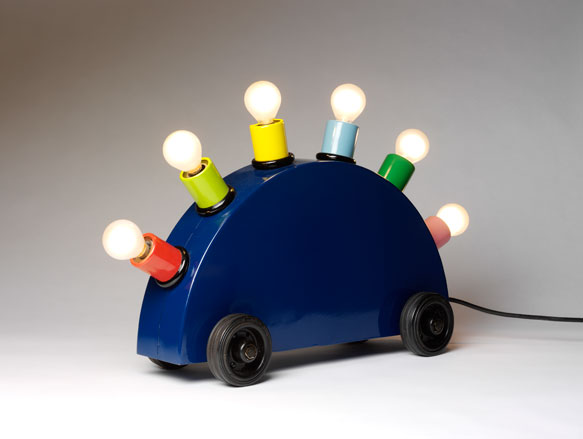
For architects, designers and artists the mid-1980s was an era when being brash, witty, colourful and even kitsch was considered de rigueur. And yet, as the V&A's new exhibition Postmodernism: Style and Subversion 1970-1990 demonstrates, while the 1980s will forever be remembered as the decade of postmodernism, the movement's roots can be traced back to 10 years earlier.
The V&A's major autumn exhibition is the first in-depth survey of art, design and architecture of the 1970s and 1980s, examining one of the most divisive philosophies in recent art and design history. It traces postmodernism's evolution from a provocative architectural movement in the early 1970s to an aesthetic juggernaut that spread its influence over all areas of popular culture - including art, film, music, graphics and fashion.
Rebelling against the constrictive doctrines of modernism, architects and designers like Charles Moore, Terry Farrell, Alessandro Mendini and Ettore Sottsas argued that form needn't necessarily follow function, that designers should be free to inject humour and parody into their work, cherry-picking a hotch-potch of historical influences. With postmodernism, 'style' went from being almost a dirty word to being the sine qua non.
Curated by Glenn Adamson and Jane Pavitt, the exhibition brings together over 250 objects across a wide range of genres. Regular Wallpaper* contributors Carmody Groarke were tasked with creating the exhibition design and the 3D aspects of the show, while the eye-popping graphics were designed by A Practice For Everyday Life (APFEL).
In addition to architectural models and renderings, expect exuberant designs from Italian collectives Studio Alchimia and Memphis, graphics by Peter Saville and Neville Brody, music videos featuring Laurie Anderson, Grace Jones and New Order, and performance costumes - including David Byrne's oversized suit from 1984 documentary Stop Making Sense.
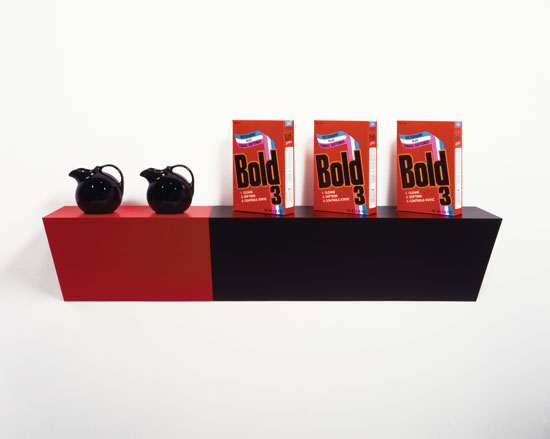
'Supremely Black', a 1985 work by Haim Steinbach
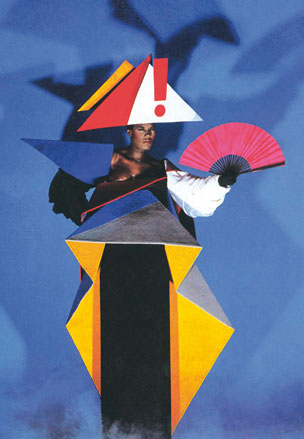
Grace Jones in her famous maternity dress, designed in 1979 by Jean-Paul Goude
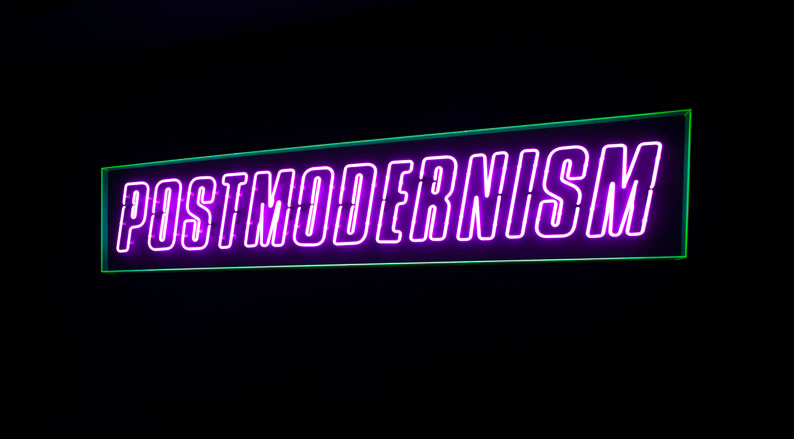
'Postmodernism', designed for the show by APFEL (A Practice for Everyday Life)
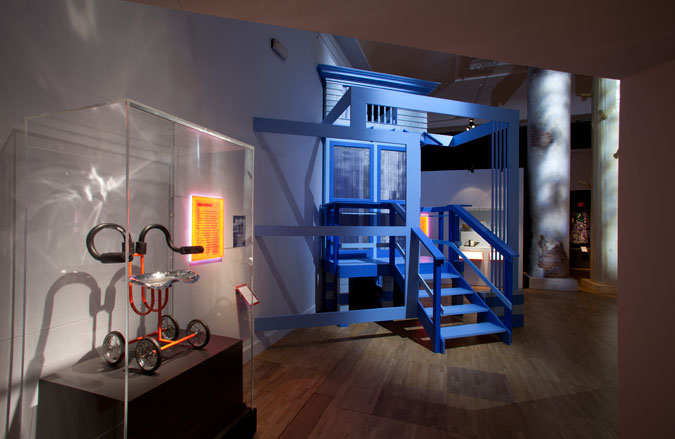
An installation in the first gallery, featuring (from left to right): The 'Adhoc chair' by Nathan Silver and Charles Jencks; a section of Jencks's 'Garagia Rotunda', recreated; and two columns from Hans Hollein's 'Strada Novissima' from 1980's Venice Biennale
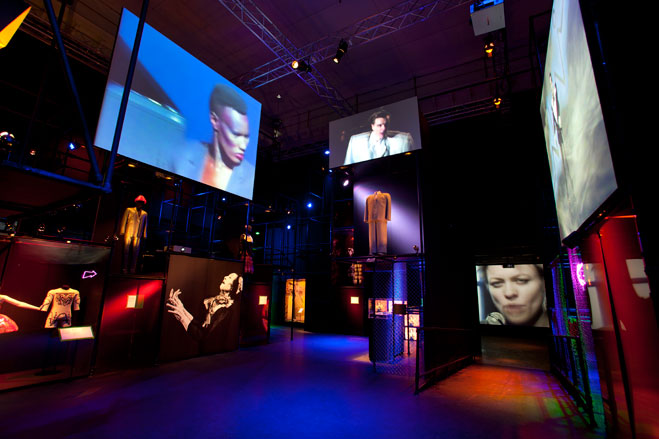
The 'Strike a Pose' gallery (from left to right): a costume for Karole Armitage by Jeff Koons; a Grace Jones video; a Devo costume; Kazuo Ohno from 'Admiring La Argentina'; David Byrne's 'big suit' and accompanying footage from the 1984 'Stop Making Sense' documentary; and Laurie Anderson singing 'O Superman'
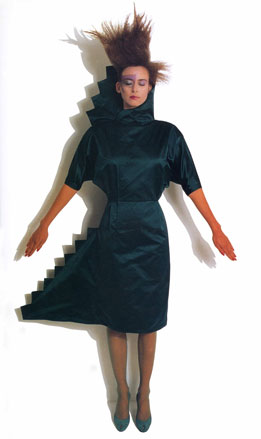
The 'Homage to Levi Strauss' dress by Cinzia Ruggeri for autumn/winter 1983/4

'Consumer's Rest', Frank Schreiner's 1983 chair for Stiletto Studios
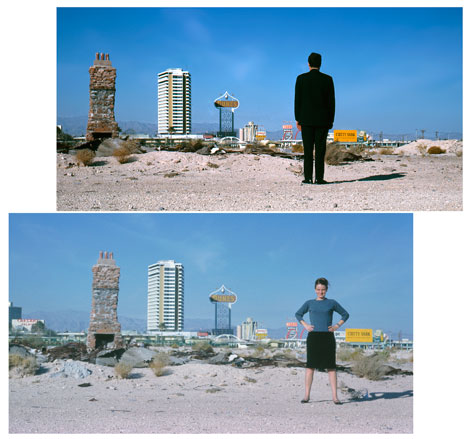
'Vegas', by Venturi, Scott Brown and Associates
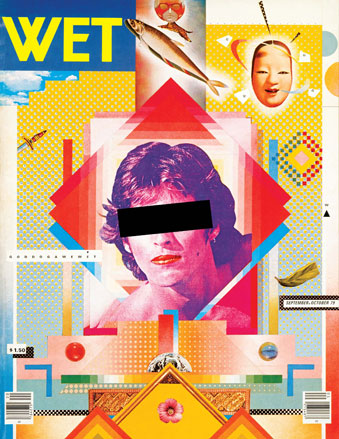
A 1979 cover for 'Wet' magazine, by April Greiman and Jayme Odgers
ADDRESS
V&A
South Kensington
Cromwell Road
London SW7 2RL
Receive our daily digest of inspiration, escapism and design stories from around the world direct to your inbox.
-
 All the winners from The Fashion Awards 2025
All the winners from The Fashion Awards 2025Every winner from The Fashion Awards 2025, which took place at the Royal Albert Hall yesterday evening in a ceremony presented by Colman Domingo
-
 At Finland’s newest care institution, nature and architecture promote healing
At Finland’s newest care institution, nature and architecture promote healingLagmansgården, a new model for a residential care institution in Finland, designed by Anttinen Oiva Architects, blends timber architecture and a connection with the natural surroundings to support young people
-
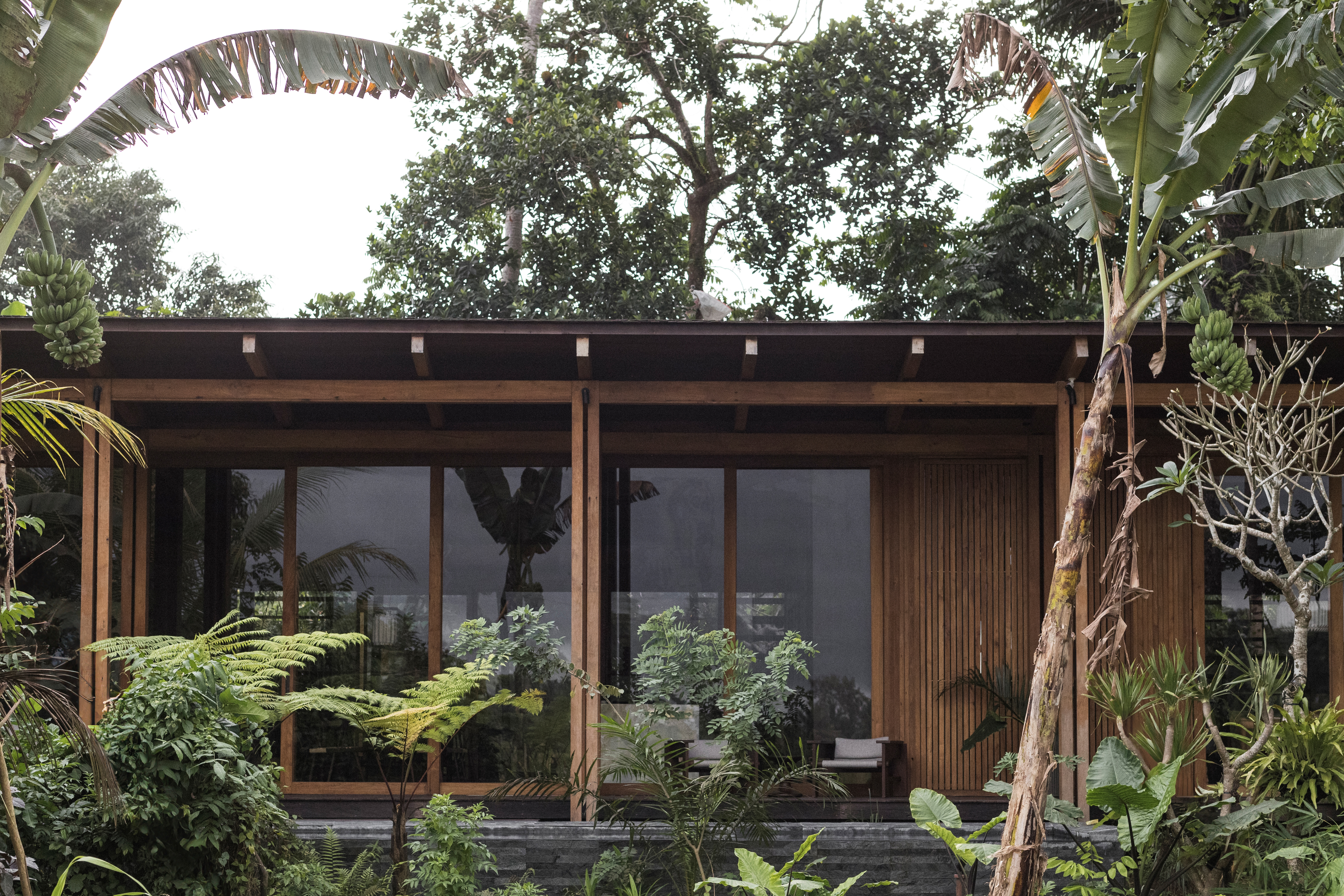 This new Bali house is both a refuge and a celebration of creativity
This new Bali house is both a refuge and a celebration of creativityRumah Harumi is a Balinese home designed by Earth Lines Architects, a local studio with an emphasis on craft and creative collaboration